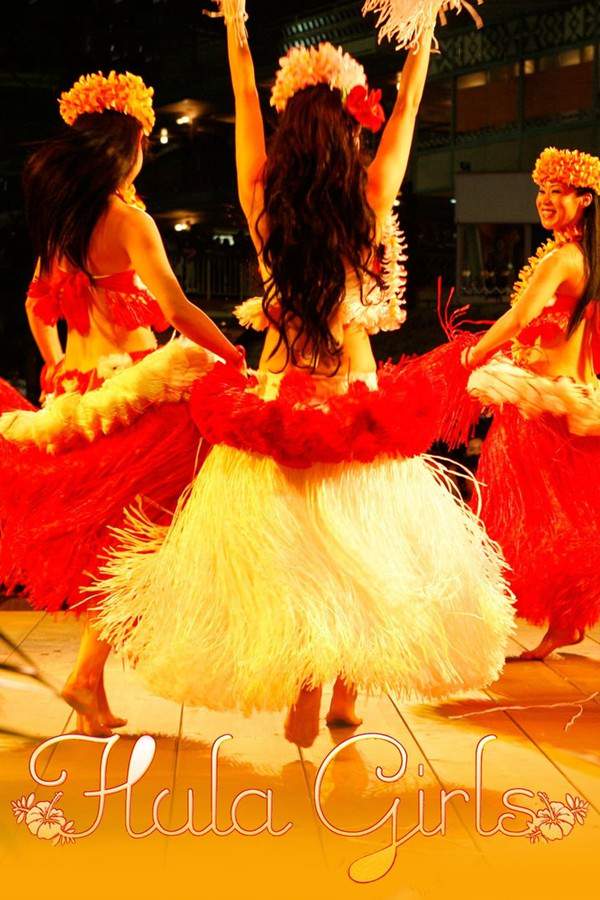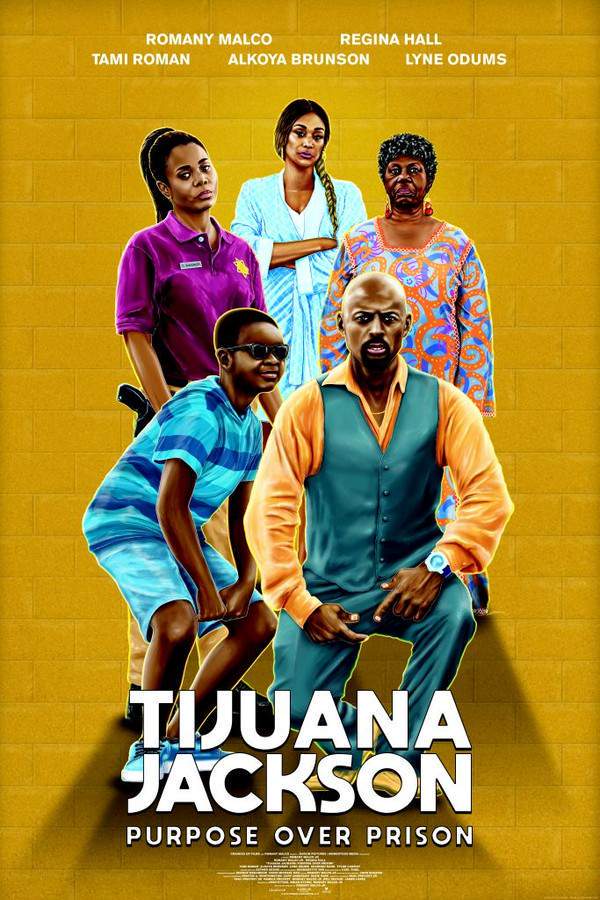
Hula Girls
Year: 2007
Runtime: 108 min
Language: Japanese
Director: Sang-il Lee
A struggling Japanese coal mining town attempts to revitalize its economy by introducing hula dancing. A Tokyo dance instructor, Madoka, arrives to teach the locals, encouraging them to explore their cultural identity and embrace a newfound passion. Through humor and heartfelt moments, the film explores the power of art to connect people and inspire change within a close-knit community.
Warning: spoilers below!
Haven’t seen Hula Girls yet? This summary contains major spoilers. Bookmark the page, watch the movie, and come back for the full breakdown. If you're ready, scroll on and relive the story!
Hula Girls (2007) – Full Plot Summary & Ending Explained
Read the complete plot breakdown of Hula Girls (2007), including all key story events, major twists, and the ending explained in detail. Discover what really happened—and what it all means.
In 1965, a cold, northern coal town named Iwaki stands on the brink of decline as cheaper oil reshapes Japan’s energy landscape. To keep its workers employed, the mining company imagines a bold plan: use hot springs that seep into the mines to heat a new project—a “Hawaiian Center” spa resort. The idea is met with hostility from conservative, blue-collar miners, but the company moves forward by recruiting a down-on-her-luck dance instructor from Tokyo, Madoka Hirayama, to train local girls in the art of the hula.
At first, only a small, reluctant group steps forward. Sanae is anxious about her widowed father losing his job and the ability to support his four children, so she convinces her lifelong best friend Kimiko to join. Rumors swirl at the initial gathering that the dancers will perform topless, and most of the attendees bolt in fear or anger. The two girls stay to hear the assurances that the rumors are false, joined by Hatsuko, the organizer’s secretary, and Sayuri, a large but clumsy girl who notices the potential in the plan.
Training gets off to a rocky start. Hirayama nearly abandons the project, but the girls’ stubborn enthusiasm rekindles her resolve and she decides to persevere. A family quarrel balloons: Kimiko’s mother, Chiyo, clashes with her daughter, prompting Kimiko to leave home and find refuge at the school. As unemployment bites deeper, some of the other girls drift away and then return, drawn by the stubborn hope of better prospects.
Tragedy strikes when Sanae’s father is fired and comes home to find her in a Hawaiian costume, which triggers a violent confrontation. Hirayama reacts instinctively, defending the girl, and the father leaves town in search of new opportunities. Sanae follows, taking the responsibility of caring for her siblings, while Kimiko, newly chosen as the leader, promises to carry on the mission.
Kimiko’s resolve wavers under the weight of leadership, but her brother urges her to see the work through. She tightens her focus just in time to join the publicity tour, giving the troupe a renewed sense of purpose. The first performance on the tour is a disaster, yet the group gradually coalesces into a cohesive unit, and the tour begins to draw real crowds.
A sudden crisis then tests their resolve: a mine accident leaves Sayuri’s father gravely injured. Hearing the news just before the last scheduled show, the troupe contemplates returning home to care for their loved ones. Sayuri pleads to finish the tour, and the bus pulls into town hours after her father’s death. Hirayama confesses her own fault for not returning sooner and contemplates leaving, but is stopped by her devoted students who insist she stay.
Complications persist as the resort’s grand opening faces a new threat: unusually cold weather could jeopardize the imported palm trees. A package from Sanae arrives for Kimiko, and Kimiko’s mother witnesses the remarkable progress her daughter has made. Chiyo picks up a job as a scrap collector to support her daughter’s dream and even attends the opening night, where Kimiko wears the flower Sanae sent.
The opening night turns into a triumph, and the Joban Hawaiian Center secures its place as a budding tourist destination. The girls’ dedication, Chiyo’s sacrifice, and Hirayama’s guidance unite to transform a fragile idea into a lasting symbol of hope for the town. Through struggle, setbacks, and shared work, what began as a controversial plan ends up marking a new chapter for Iwaki and the people who believed in its possibility.
Last Updated: October 01, 2025 at 10:22
Explore Movie Threads
Discover curated groups of movies connected by mood, themes, and story style. Browse collections built around emotion, atmosphere, and narrative focus to easily find films that match what you feel like watching right now.
Movies about community revitalization through art like Hula Girls
A struggling community finds new purpose and connection through an unexpected artistic endeavor.If you enjoyed Hula Girls, discover more movies where a small town or community uses an artistic pursuit to overcome hardship. These films share themes of economic struggle, cultural identity, and the heartwarming power of collective creativity to inspire change.
Narrative Summary
The narrative typically begins with a community in crisis, often due to industrial decline. An outsider or local visionary introduces an unconventional artistic solution, sparking initial resistance that gives way to dedication. The story follows the group's journey from skepticism to mastery, using setbacks to build resilience, culminating in a public success that symbolizes the community's renewal.
Why These Movies?
These movies are grouped by their shared focus on art as a practical tool for hope and their uplifting, community-driven mood. They balance realistic struggles with an optimistic, steady pace and a heartfelt tone, creating a specific feel-good experience centered on collective achievement.
Uplifting movies about personal transformation like Hula Girls
Characters discover new passions and confidence, leading to positive change in themselves and others.Find movies similar to Hula Girls that focus on inspiring personal growth. If you liked watching characters find new purpose and confidence through hula dancing, you'll enjoy these stories about discovering passion, overcoming self-doubt, and creating positive change.
Narrative Summary
The pattern involves a protagonist or group who initially lacks direction or believes they are incapable. A mentor figure guides them into a new world—often artistic or physical—where they face internal and external doubts. Through perseverance and camaraderie, they not only master the skill but also undergo a significant positive shift in their identity and outlook, impacting their community.
Why These Movies?
These films share a specific emotional mix: a medium emotional weight with a consistently hopeful tone and a happy ending. The pacing is steady, focusing on character development rather than high tension, making the transformation feel earned and genuinely uplifting without being saccharine.
Unlock the Full Story of Hula Girls
Don't stop at just watching — explore Hula Girls in full detail. From the complete plot summary and scene-by-scene timeline to character breakdowns, thematic analysis, and a deep dive into the ending — every page helps you truly understand what Hula Girls is all about. Plus, discover what's next after the movie.
Hula Girls Timeline
Track the full timeline of Hula Girls with every major event arranged chronologically. Perfect for decoding non-linear storytelling, flashbacks, or parallel narratives with a clear scene-by-scene breakdown.

Characters, Settings & Themes in Hula Girls
Discover the characters, locations, and core themes that shape Hula Girls. Get insights into symbolic elements, setting significance, and deeper narrative meaning — ideal for thematic analysis and movie breakdowns.

Hula Girls Spoiler-Free Summary
Get a quick, spoiler-free overview of Hula Girls that covers the main plot points and key details without revealing any major twists or spoilers. Perfect for those who want to know what to expect before diving in.

More About Hula Girls
Visit What's After the Movie to explore more about Hula Girls: box office results, cast and crew info, production details, post-credit scenes, and external links — all in one place for movie fans and researchers.





























